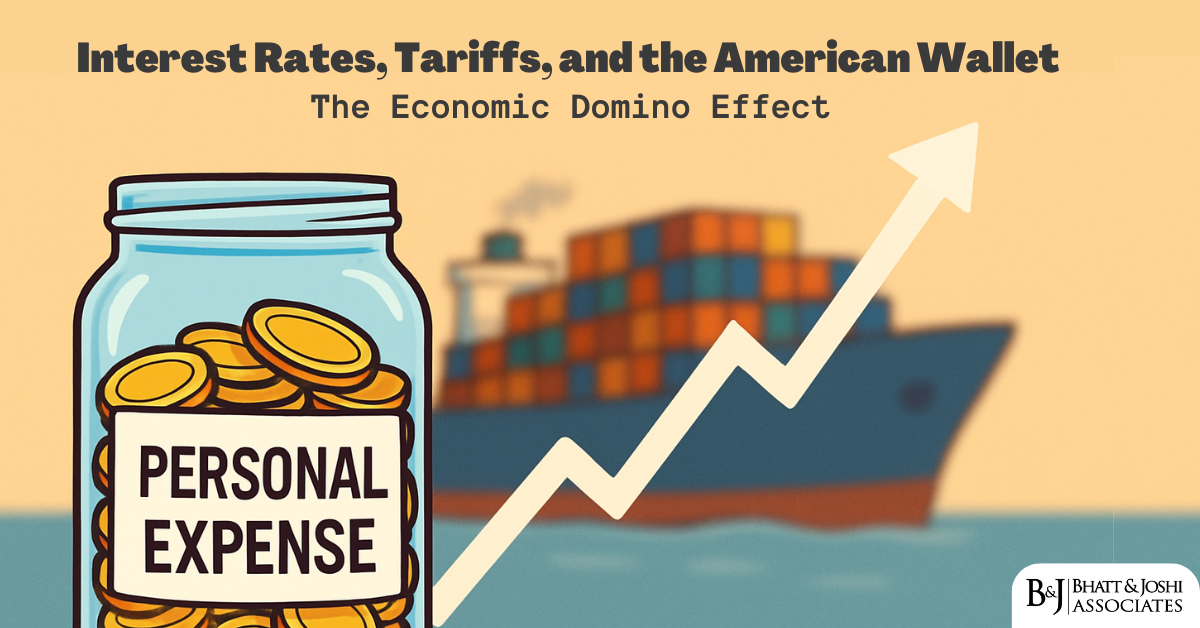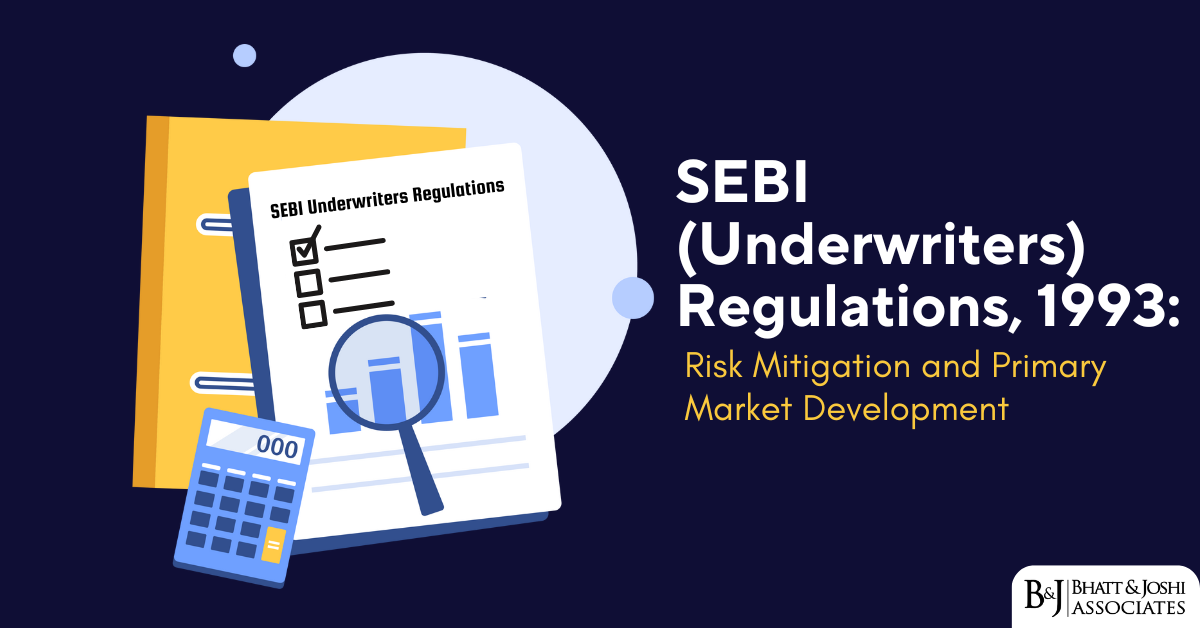Introduction
The relationship between trade policy, interest rates, and personal finances represents one of the most complex yet crucial economic linkages affecting American households. When the United States imposes tariffs or engages in trade disputes, it sets in motion a chain of economic events that ultimately influences everything from mortgage rates to retirement savings. This domino effect, often overlooked in policy discussions, has profound implications for the financial wellbeing of average Americans.
Understanding these connections is essential for comprehending how national economic policies translate into personal financial impacts. As trade tensions persist and interest rates respond to inflationary pressures, American households find themselves at the intersection of these powerful economic forces.
The Economic Interconnection of Trade Policy and Interest Rates
The connection between trade policy and interest rates operates through several channels. When tariffs are imposed on imported goods, they typically lead to higher prices for both imported and domestic products. These price increases contribute to inflationary pressures, which in turn influence Federal Reserve policy decisions on interest rates. The resulting changes in interest rates affect everything from credit card payments to home mortgages, creating a complex web of financial impacts on American households.
This interconnection has become particularly evident in recent years, as trade disputes and supply chain disruptions have contributed to inflationary pressures, prompting monetary policy responses that affect borrowing costs across the economy.
Interest Rates and Trade Policy
Trade policies influence interest rates through multiple mechanisms. Tariffs directly increase the cost of imported goods, contributing to inflation. Trade restrictions can disrupt supply chains, leading to shortages and price increases. The uncertainty created by trade disputes can affect business investment and consumer confidence, potentially requiring monetary policy responses.
When these factors combine to increase inflationary pressures, the Federal Reserve typically responds by raising interest rates to maintain price stability. This response, while necessary for controlling inflation, creates additional costs for American households and businesses.
The Federal Reserve’s Challenge
The Federal Reserve faces a complex balancing act in responding to trade-related inflationary pressures. Rising prices driven by tariffs and trade disruptions create pressure for higher interest rates to control inflation. However, the economic slowdown that often accompanies trade disputes argues for maintaining lower rates to support economic growth.
This dilemma has become particularly acute in recent years, as the Fed navigates between controlling inflation and supporting economic recovery. The challenge is compounded by the global nature of modern trade relationships, which can transmit economic shocks rapidly across borders.
Tariffs and Price Pressures
Tariffs create direct price pressures through several mechanisms. The immediate effect comes from higher costs for imported goods subject to tariffs. These increased costs typically pass through to consumers in the form of higher retail prices. Additionally, domestic producers often raise their prices in response to reduced competition from imports, creating broader inflationary effects throughout the economy.
Studies from various economic institutions estimate that recent tariffs have added significantly to consumer prices across a wide range of products, from household goods to construction materials. These price increases contribute to broader inflationary pressures that influence monetary policy decisions.
Consumer Impact: Tariffs and Interest Rate Pressures
The combined effect of tariffs and interest rate changes creates multiple pressures on household finances. Higher prices for consumer goods reduce purchasing power, while increased interest rates raise borrowing costs for everything from credit cards to auto loans. This double impact can significantly affect household budgets and financial planning.
The effect is particularly pronounced for lower-income households, which typically spend a larger portion of their income on consumer goods and often rely more heavily on credit. These families face both higher prices for necessities and increased costs for any borrowed funds.
Business Impact: Trade and Interest Rate Pressures
Businesses face similar challenges from the combination of trade restrictions and interest rate changes. Higher input costs from tariffs squeeze profit margins, while increased borrowing costs affect investment decisions and operational expenses. These pressures often lead to reduced hiring, delayed expansion plans, or higher prices passed on to consumers.
Small businesses are particularly vulnerable to these effects, as they typically have less flexibility to absorb higher costs or access alternative suppliers. The combination of higher operating costs and increased borrowing expenses can create significant financial stress for smaller enterprises.
Housing Market: Impact of Trade and Interest Rates on Affordability
The housing market provides a clear example of how trade and interest rate policies interact to affect household finances. Tariffs on construction materials like lumber and steel increase building costs, while higher interest rates raise mortgage expenses. This combination can significantly impact housing affordability and construction activity.
The effect extends beyond new home construction to influence the entire housing market, affecting both buyers and sellers through changed affordability calculations and property valuations.
Impact on Retirement and Savings
The impact on retirement savings and investment accounts represents another significant aspect of this economic domino effect. Higher interest rates can affect stock market valuations, potentially reducing retirement account balances. Meanwhile, trade disputes can create market volatility that further impacts investment returns.
However, higher rates can also benefit savers through improved returns on fixed-income investments, creating complex trade-offs for retirement planning and investment strategies.
Future Economic Scenarios
Looking ahead, several potential scenarios could emerge from current economic conditions:
Persistent inflation might require continued interest rate increases, further pressuring household finances. Supply chain reorganization could reduce some inflationary pressures but create new costs through reduced efficiency. Economic adaptation to higher rates and trade restrictions could lead to structural changes in consumption and investment patterns.
Conclusion
The intricate relationship between trade policy, interest rates, and personal finances demonstrates the far-reaching implications of economic policy decisions. As Americans navigate this complex environment, understanding these connections becomes increasingly important for financial planning and decision-making.
The challenge for policymakers lies in managing these interconnected forces while minimizing negative impacts on American households. Success requires careful consideration of how trade and monetary policies interact to affect personal finances, along with measures to support those most vulnerable to these economic pressures.
For individual Americans, awareness of these economic relationships can help inform financial decisions and planning. While the complexity of these interactions makes precise predictions difficult, understanding the basic connections between trade policy, interest rates, and personal finances provides valuable context for navigating an increasingly complex economic environment.














